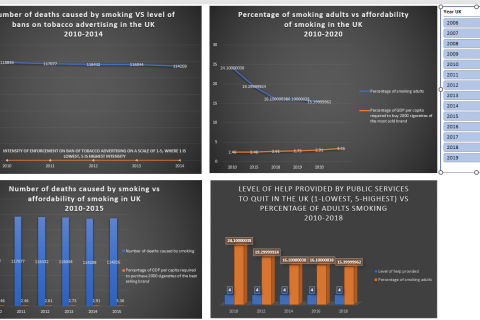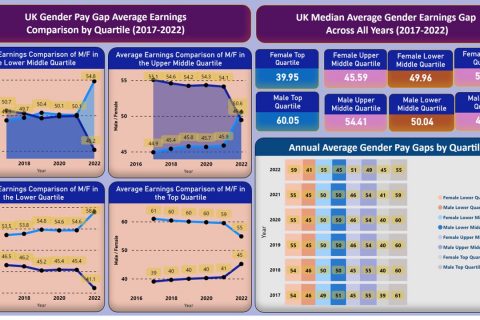
STEM Gender Pay Gap investigation
The Women in Data and Digital Innovation were given a brief to plan, develop and evaluate a showcase project. They were given a free reign over subject matter, and some of the projects have been nothing short of outstanding.
This is an excerpt from the Planning Stage for this project:
Aims and Objectives:
This investigation aims to delve deeper into the gender pay gap within STEM careers, exploring the gender balance within occupations, asking at what point, if any, is there a convergence or divergence, are women always paid less within these fields and what are the possible reasons why women get paid less, put simply asking the question:
Why is there a Gender Pay Gap in STEM careers?
By answering this question, the hope is that through investigating the available data, the reasons for this pay gap can be identified and therefore suggestions made. The target audience for this investigation and subsequent report is Education Scotland. Understanding why there are less women within STEM careers and ultimately why they are paid less is critical and early intervention whilst young people are at school may be part of the solution.
The following details possible ways in which to explore this topic:
- Explore correlations between SQA Exam, Further Education, and the Pay Gap.
By analysing the data available from SQA exam results (for STEM subjects), and comparing it to Further Education results, you would be able to determine firstly, what is the gender balance in terms of uptake and secondly, confirm whether girls or boys perform better and get the better grades. This would be advantageous in understanding the level of education across both genders compared to the pay gap and then pose the question – why would women be paid less?
- Explore the gender balance within specific occupations within STEM careers.
By comparing the gender pay gap across specific occupations, from developer to manager it should identify which occupations are more male dominant and therefore paid more and then pose the question, why are less women in these positions?
- Explore the pay gap in different age ranges.
Through research, it has highlighted that men are often promoted at a quicker rate than women. By analysing the different age ranges it might be beneficial to confirm this hypothesis. Does the gender pay gap increase with age for women and if so, why?
- Research STEM career job adverts to identify pay ranges
Analysing current job adverts could further enhance the investigation into occupations and whether or not women hold those roles. The Haystack study indicated that often STEM careers don’t specify a salary which has its own further implications for women, they either expect a lesser value than men or they simply don’t apply.
- Investigate tech skills to identify which are required for specific roles.
The Haystack study highlights which are the most important skills required for roles within STEM. Investigating further would provide further insight, as to whether or not woman have the same opportunities to develop these, but perhaps harder to research.










